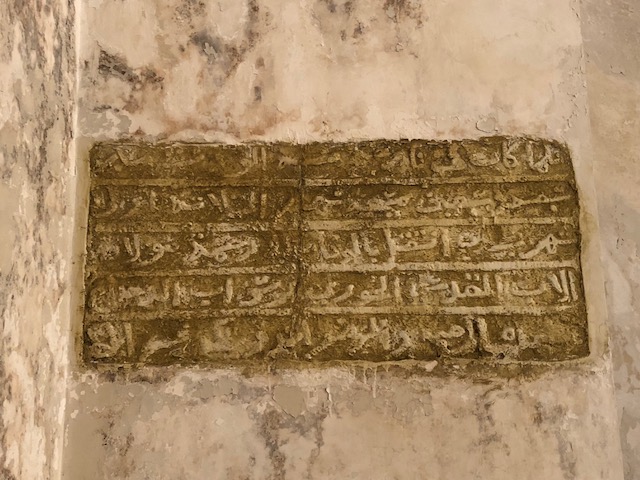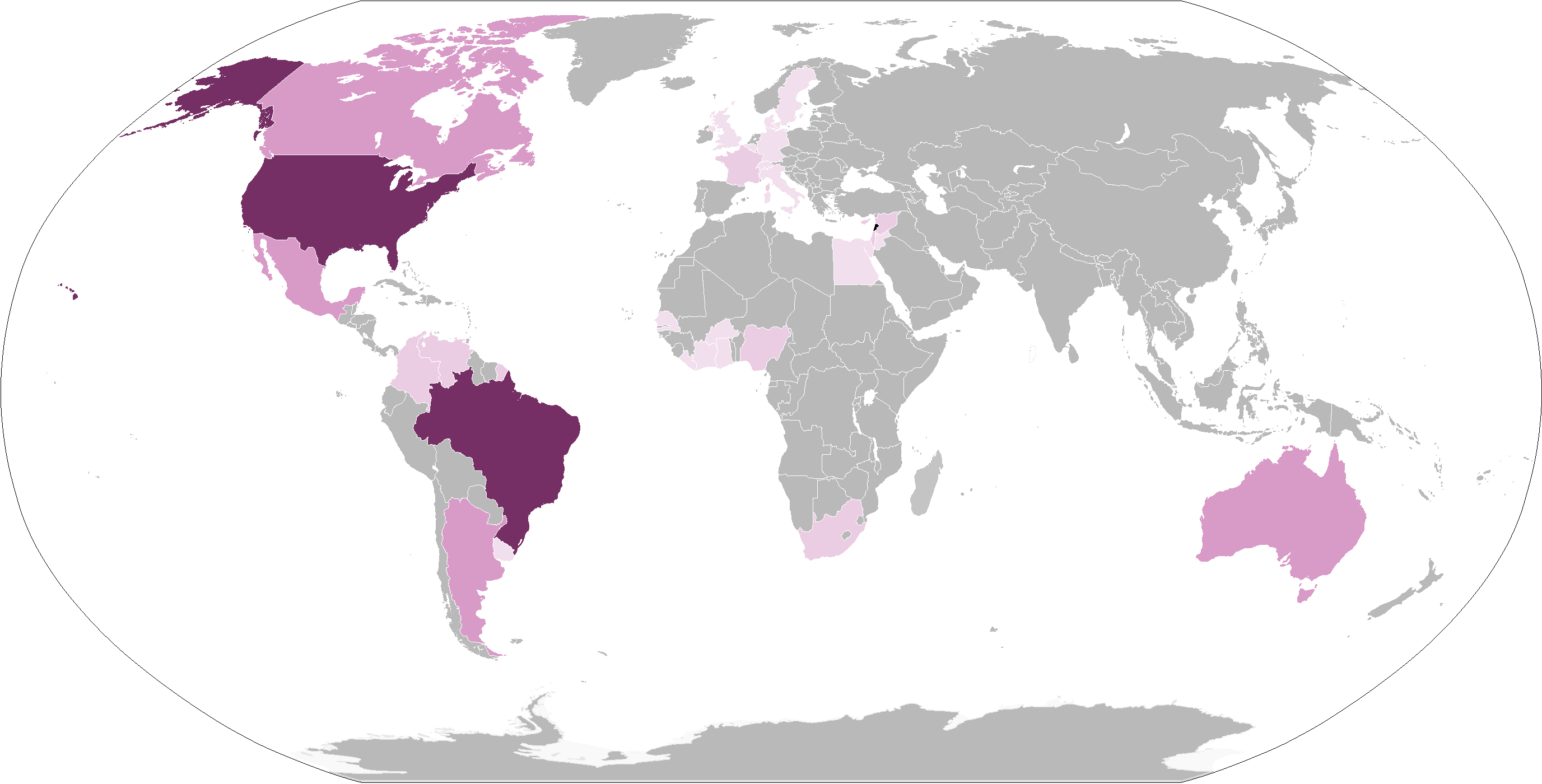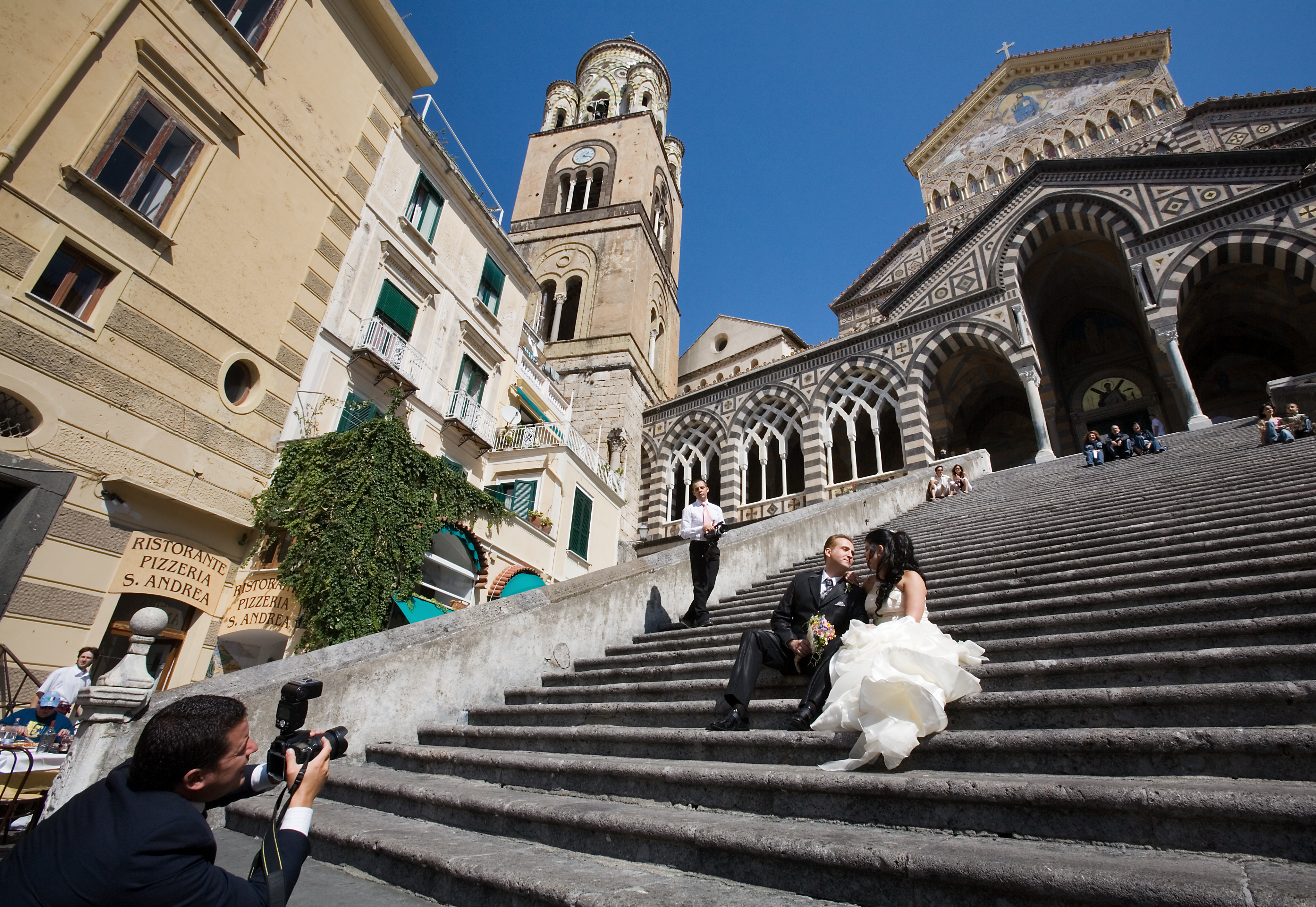|
House Of Al-Dahdah
The al-Dahdah family (also spelled El-Dahdaah, and El-Dahdah، الدحداح) is a noble Maronite Christian family originating from the village of Aqoura in Mount Lebanon, and whose line of descent is attested since the 14th century. It traces back in continuous lineage to Girgis al-Dahdah, the son-in-law of Ghazal al-Qaysi, Muqaddam of Aqoura, who died in 1375 without male issue. Beginning in 1703, the family received agricultural estates in the Futuh tax-farming district of Mount Lebanon, and in 1705 it settled in the nearby village of Aramoun, Keserwan, Aramoun in the Keserwan District. Its members have collectively held the iqta', or tax-farming concession, for the Futuh district of Mount Lebanon from Ottoman authorities from 1771 until the Ottoman Empire, Ottoman Tanzimat ended the iqta' system in Mount Lebanon in 1859. One branch of the family, that of Mansur al-Dahdah also held the iqta' for the Byblos District for about the same period of time. In the writings of 19th centur ... [...More Info...] [...Related Items...] OR: [Wikipedia] [Google] [Baidu] |
Maronite
Maronites (; ) are a Syriac Christianity, Syriac Christian ethnoreligious group native to the Eastern Mediterranean and the Levant (particularly Lebanon) whose members belong to the Maronite Church. The largest concentration has traditionally resided near Mount Lebanon in modern Lebanon. The Maronite Church is an Eastern Catholic Catholic particular churches and liturgical rites, particular church in full communion with the pope and the rest of the Catholic Church. The Maronites derive their name from Saint Maron, (350-410 AD. ), a monk who migrated with his followers from Antioch to the Lebanese Mountains and founded the Maronite church. The spread of Christianity was very slow in the Lebanese region, in the 5th century AD in the highlands they were still pagan. St. Maron sent the apostle Abraham of Cyrrhus known as the "Apostle of Lebanon" with a mandate to convert the pagan inhabitants of Lebanon to Christianity. After their conversion, the inhabitants of the region renamed t ... [...More Info...] [...Related Items...] OR: [Wikipedia] [Google] [Baidu] |
Eponymous
An eponym is a noun after which or for which someone or something is, or is believed to be, named. Adjectives derived from the word ''eponym'' include ''eponymous'' and ''eponymic''. Eponyms are commonly used for time periods, places, innovations, biological nomenclature, astronomical objects, works of art and media, and tribal names. Various orthographic conventions are used for eponyms. Usage of the word The term ''eponym'' functions in multiple related ways, all based on an explicit relationship between two named things. ''Eponym'' may refer to a person or, less commonly, a place or thing for which someone or something is, or is believed to be, named. ''Eponym'' may also refer to someone or something named after, or believed to be named after, a person or, less commonly, a place or thing. A person, place, or thing named after a particular person share an eponymous relationship. In this way, Elizabeth I of England is the eponym of the Elizabethan era, but the Elizabethan ... [...More Info...] [...Related Items...] OR: [Wikipedia] [Google] [Baidu] |
Sacrament Of Marriage
Christian terminology and theological views of marriage vary by time period, by country, and by the different Christian denominations. Catholic and Eastern Orthodox Christians consider marriage as a holy sacrament or sacred mystery, while Protestants consider marriage to be a sacred institution or "holy ordinance" of God. However, there have been differing attitudes among denominations and individual Christians towards not only the concept of Christian marriage, but also concerning divorce, remarriage, gender roles, family authority (the " headship" of the husband), the legal status of married women, birth control, marriageable age, cousin marriage, marriage of in-laws, interfaith marriage, same-sex marriage, and polygamy, among other topics, so that in the 21st century there cannot be said to be a single, uniform, worldwide view of marriage among all who profess to be Christians. Christian teaching has never held that marriage is necessary for everyone; for many centuries ... [...More Info...] [...Related Items...] OR: [Wikipedia] [Google] [Baidu] |
Laqlouq
Laqlouq (), also spelled ''Laklouk'' and also known as ′Arab Laqlouq () is a small mountainous village in mountainous area in the Byblos District of Keserwan-Jbeil Governorate, Lebanon. It is located 69 kilometers northeast of Beirut. Laqlouq has an average elevation of 1,780 meters above sea level and a total land area of 210 hectares. Most of the inhabitants are Sunni Muslims, in contrast to the majority of Byblos District's population, which is largely Maronite Christian with a significant Shia Muslim minority.Laqlouq ''Localiban''. Localiban. 2007-04-28. History Laqlouq was founded in the 18th century by s who are known today as ''′Arab al-Laqlouq''. Their presence dates back to the e ...[...More Info...] [...Related Items...] OR: [Wikipedia] [Google] [Baidu] |
Mamluk
Mamluk or Mamaluk (; (singular), , ''mamālīk'' (plural); translated as "one who is owned", meaning "slave") were non-Arab, ethnically diverse (mostly Turkic, Caucasian, Eastern and Southeastern European) enslaved mercenaries, slave-soldiers, and freed slaves who were assigned high-ranking military and administrative duties, serving the ruling Arab and Ottoman dynasties in the Muslim world. The most enduring Mamluk realm was the knightly military class in medieval Egypt, which developed from the ranks of slave-soldiers. Originally the Mamluks were slaves of Turkic origins from the Eurasian Steppe, but the institution of military slavery spread to include Circassians, Abkhazians, Georgians, Armenians, Russians, and Hungarians, as well as peoples from the Balkans such as Albanians, Greeks, and South Slavs (''see'' Saqaliba). They also recruited from the Egyptians. The "Mamluk/Ghulam Phenomenon", as David Ayalon dubbed the creation of the specific warrior class, was ... [...More Info...] [...Related Items...] OR: [Wikipedia] [Google] [Baidu] |
Bilad Al-Sham
Bilad al-Sham (), often referred to as Islamic Syria or simply Syria in English-language sources, was a province of the Rashidun, Umayyad, Abbasid, and Fatimid caliphates. It roughly corresponded with the Byzantine Diocese of the East, conquered by the Muslims in 634–647. Under the Umayyads (661–750), Bilad al-Sham was the metropolitan province of the Caliphate and different localities throughout the province served as the seats of the Umayyad caliphs and princes. Bilad al-Sham was first organized into the four '' ajnad'' (military districts; singular ''jund'') of Dimashq (Damascus), Hims (Homs), al-Urdunn (Jordan), and Filastin (Palestine), between 637 and 640 by Caliph Umar following the Muslim conquest. The ''jund'' of Qinnasrin was created out of the northern part of Hims by caliphs Mu'awiya I () or Yazid I (). The Jazira (Upper Mesopotamia) was made an independent province from the Mesopotamian part of Qinnasrin by Caliph Abd al-Malik in 692. In 786, the ''j ... [...More Info...] [...Related Items...] OR: [Wikipedia] [Google] [Baidu] |
Qays
Qays ʿAylān (), often referred to simply as Qays (''Kais'' or ''Ḳays'') were an Arab tribal confederation that branched from the Mudar group. The tribe may not have functioned as a unit in pre-Islamic Arabia (before 630). However, by the early Umayyad Caliphate (661-750), its constituent tribes consolidated into one of the main tribal political factions of the caliphate. The major constituent tribes or tribal groupings of the Qays were the Ghatafan, Hawazin, Amir, Thaqif, Sulaym, Ghani, Bahila and Muharib. Many of these tribes or their clans migrated from the Arabian Peninsula and established themselves in Jund Qinnasrin, the military district of the northern region of Syria and Upper Mesopotamia, which long became their abode. From there they governed on behalf of the caliphs or rebelled against them. The power of the Qays as a unified group diminished with the rise of the Abbasid Caliphate, which did not derive its military strength solely from the Arab tribes. None ... [...More Info...] [...Related Items...] OR: [Wikipedia] [Google] [Baidu] |
Deacon
A deacon is a member of the diaconate, an office in Christian churches that is generally associated with service of some kind, but which varies among theological and denominational traditions. Major Christian denominations, such as the Catholic Church, the Oriental Orthodox Churches, the Eastern Orthodox Church, Lutheranism, Presbyterianism, Methodism, and Anglicanism, view the diaconate as an order of ministry. Permanent deacons (or distinctive deacons) are those who do not later transition to another form of ministry, in contrast to those continuing their formation who are then often called transitional deacons. Origin and development The word ''deacon'' is derived from the Greek word (), which is a standard ancient Greek word meaning "servant", "waiter", "minister", or "messenger". Recent research has highlighted the role of the deacon "as a co-operator" and "go-between," emphasizing their intermediary position in early Christian communities. It is generally assum ... [...More Info...] [...Related Items...] OR: [Wikipedia] [Google] [Baidu] |
Prophet Muhammad
In Islam, Muhammad () is venerated as the Seal of the Prophets who transmitted the Quran, eternal word of God () from the Angels in Islam, angel Gabriel () to humans and jinn. Muslims believe that the Quran, the central religious text of Islam, was revealed to Muhammad by God in Islam, God, and that Muhammad was sent to guide people to Islam, which is believed not to be a separate religion, but the tahrif, unaltered Fitra, original faith of mankind (), and believed to have been shared by Prophets and messengers in Islam, previous prophets including Adam in Islam, Adam, Abraham in Islam, Abraham, Moses in Islam, Moses, and Jesus in Islam, Jesus. The religious, social, and political tenets that Muhammad established with the Quran became the foundation of Islam and the Muslim world. According to Muslim tradition, Muhammad was sent to the Arabic community to deliver them from their immorality. Receiving his first Revelation#Islam, revelation at age 40 in a cave called Cave of Hir ... [...More Info...] [...Related Items...] OR: [Wikipedia] [Google] [Baidu] |
Christianity
Christianity is an Abrahamic monotheistic religion, which states that Jesus in Christianity, Jesus is the Son of God (Christianity), Son of God and Resurrection of Jesus, rose from the dead after his Crucifixion of Jesus, crucifixion, whose coming as the Messiah#Christianity, messiah (Christ (title), Christ) was Old Testament messianic prophecies quoted in the New Testament, prophesied in the Old Testament and chronicled in the New Testament. It is the Major religious groups, world's largest and most widespread religion with over 2.3 billion followers, comprising around 28.8% of the world population. Its adherents, known as Christians, are estimated to make up a majority of the population in Christianity by country, 157 countries and territories. Christianity remains Christian culture, culturally diverse in its Western Christianity, Western and Eastern Christianity, Eastern branches, and doctrinally diverse concerning Justification (theology), justification and the natur ... [...More Info...] [...Related Items...] OR: [Wikipedia] [Google] [Baidu] |









